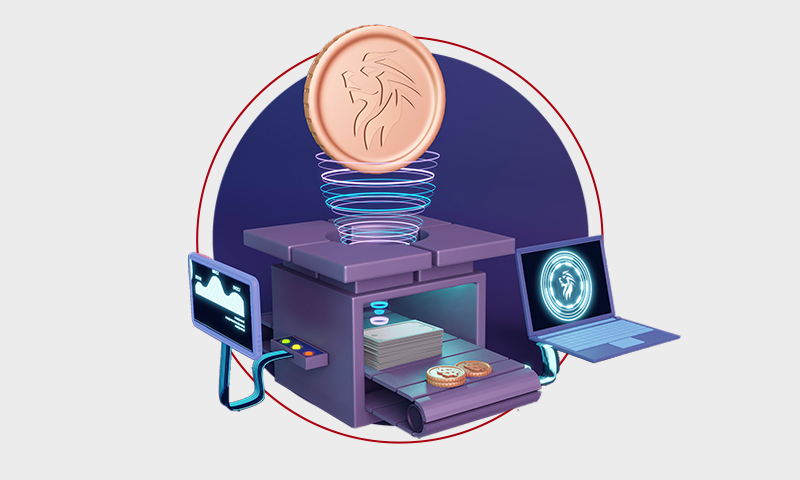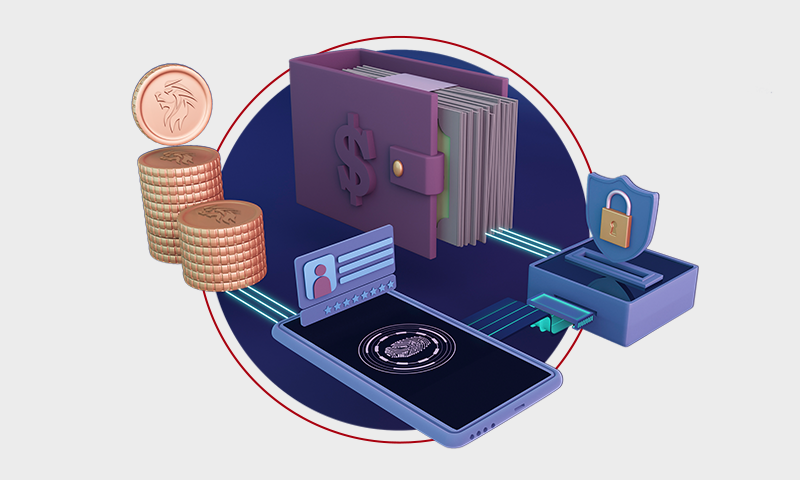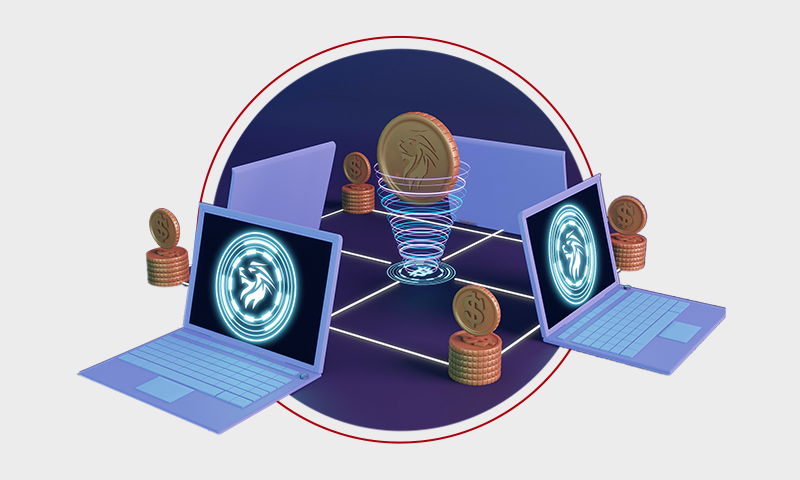
Staking
Among the De-Fi services offered by the REDHeal platform, staking is one of the various ways to earn REDH tokens. Users can directly buy REDH tokens through listed external exchanges, or they can provide liquidity to the REDHeal platform and earn interest and fee-based rewards. While staking may not offer high returns, it is a preferred investment method for many investors due to its ability to securely accumulate assets.
































